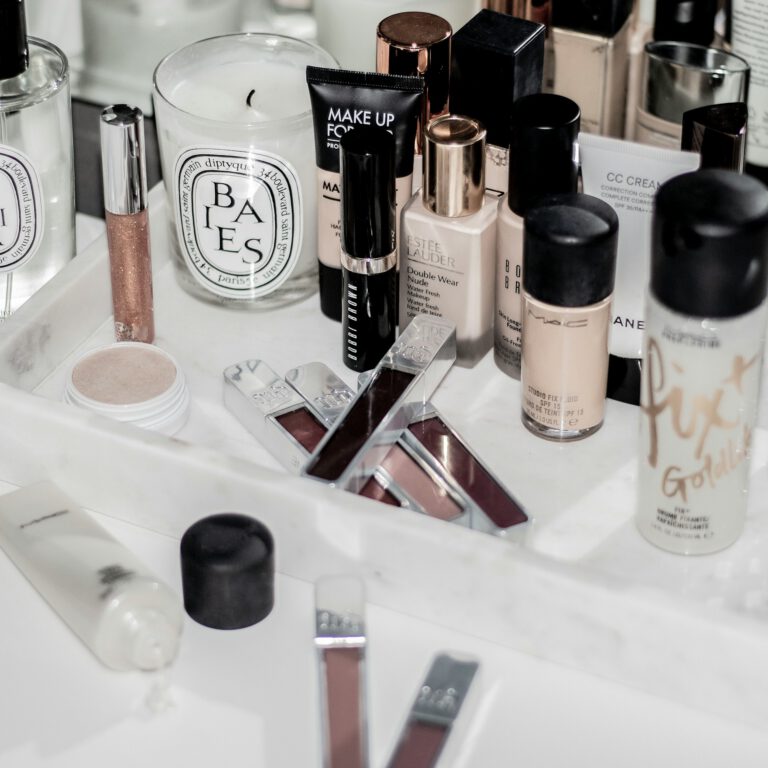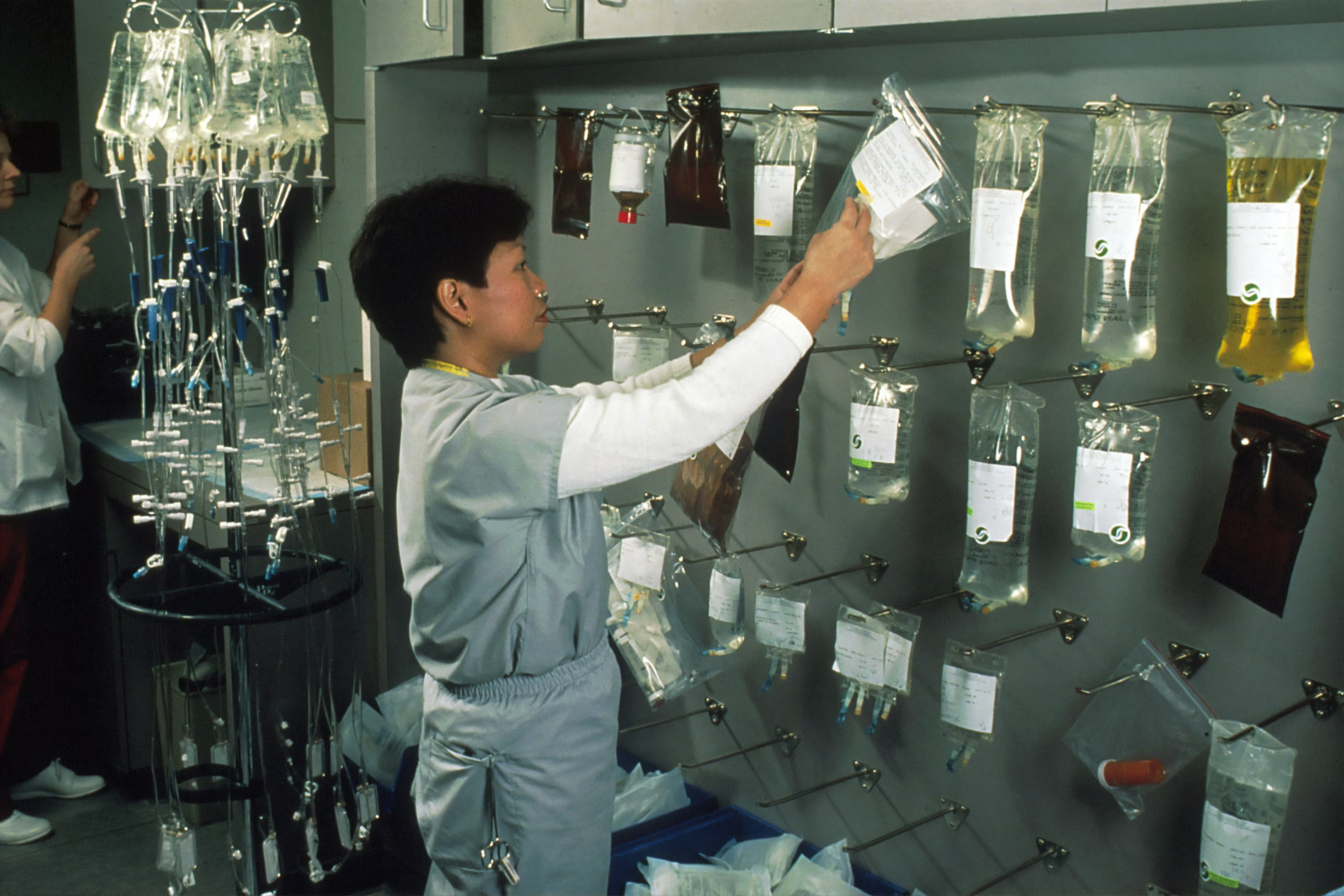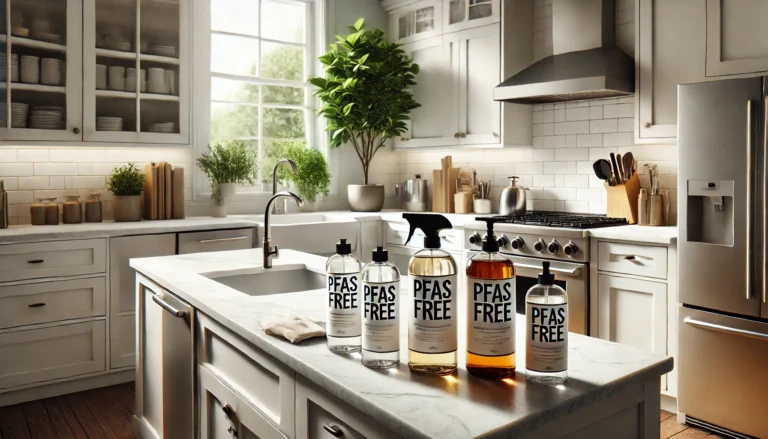In recent years, “PFAS-free” has become a big selling point for products ranging from nonstick cookware to food packaging and cosmetics. But even though these labels sound reassuring, there’s a catch: just because a product says it’s PFAS-free doesn’t mean it’s totally free of PFAS. Sounds confusing? Let’s break it down and look at what’s really happening behind the scenes.
What Are PFAS, Again?
PFAS, or per- and polyfluoroalkyl substances, are a group of human-made chemicals often referred to as “forever chemicals” because of their resistance to breaking down. PFAS are used for their water-repellent, grease-resistant, and nonstick properties, which make them super handy in everything from waterproof clothing to fast-food wrappers. The downside? They’ve been linked to health issues like cancer, immune system suppression, and hormonal imbalances, and they accumulate in our environment and bodies over time.
So, it’s no wonder that “PFAS-free” is a label many of us actively look for. But here’s the kicker: a PFAS-free label doesn’t guarantee that a product is entirely free of these harmful chemicals. Let’s dig into why.
Why “PFAS-Free” Isn’t Always 100% Accurate
When a company labels a product “PFAS-free,” they may genuinely believe their product meets that standard. However, several factors can still lead to PFAS sneaking in.
1. Lack of Regulation and Clear Standards
While some PFAS chemicals are banned or restricted, there’s no universal standard that defines what “PFAS-free” really means. In the U.S., for example, only a few PFAS compounds are regulated, and even then, enforcement is inconsistent. So, when a company says “PFAS-free,” it may mean they’ve avoided using some PFAS chemicals, but not necessarily all of them.
PFAS are actually a family of thousands of different chemicals, and not all of them are commonly tested for. Some companies might avoid the major ones (like PFOA and PFOS, which are the most notorious), but they may still use newer or lesser-known PFAS chemicals that aren’t regulated or well-studied.
2. Unintentional Contamination
PFAS contamination can happen unintentionally at various stages of production and manufacturing. Imagine a factory that makes PFAS-coated nonstick pans in the same facility as PFAS-free cookware, or a packaging plant where PFAS-treated items are made next to PFAS-free alternatives. Cross-contamination can occur, meaning a trace amount of PFAS could end up in a supposedly PFAS-free product just by proximity.
Plus, some raw materials sourced from suppliers may already contain trace PFAS. Companies don’t always have complete control over the entire supply chain, which leaves room for unintentional PFAS contamination.
3. Environmental Contamination
PFAS have become so widespread that they’re now present in soil, water, and even the air we breathe. Because of this, environmental contamination is another sneaky source of PFAS exposure. Even if a company is committed to producing PFAS-free products, the materials they use may still come into contact with PFAS in the environment. So, if the water used in manufacturing has trace PFAS, it could technically make its way into the final product.
4. Laboratory Limitations
Testing for PFAS is another tricky area. PFAS are often present in incredibly small amounts, measured in parts per trillion (ppt). While high-quality testing can detect minute traces, not all companies have access to or invest in this level of testing. And even when they do, they may only test for a handful of the most common PFAS chemicals, missing out on hundreds or thousands of other variants. So, a product labeled “PFAS-free” might just mean it’s free of a specific list of PFAS compounds – not necessarily every possible PFAS.
The Complex World of PFAS-Free Certifications
In response to growing consumer demand, some certification programs have emerged to help define what “PFAS-free” means. For example, the GreenScreen Certified™ Standard for textiles restricts all PFAS chemicals. Certifications like this are a positive step, but because PFAS regulations and testing technologies are still evolving, it’s hard to be 100% sure that certified products are totally PFAS-free.
Certifications are helpful, but they rely on testing methods and standards that are still developing. So while certified PFAS-free products are likely better than uncertified ones, the certification doesn’t completely eliminate the risk of PFAS presence.
What You Can Do to Reduce PFAS Exposure
While we wait for stronger regulations and more accurate testing, there are still ways you can limit your exposure to PFAS.
1. Be Informed About Labels
- Look for reputable certifications from organizations like GreenScreen or OEKO-TEX. While not foolproof, they offer more assurance that the product is likely to have low or no PFAS content.
2. Choose Alternatives to Nonstick Cookware
- Ceramic, cast iron, and stainless steel are great PFAS-free options for cookware. While they may require a bit more oil or maintenance, they’re a safe alternative to nonstick options that often contain PFAS.
3. Limit Use of Stain-Resistant or Water-Repellent Products
- Items like stain-resistant carpets or waterproof jackets often contain PFAS. Try choosing natural or untreated materials whenever possible.
4. Filter Your Drinking Water
- PFAS contamination in water is common, especially near industrial sites or military bases. A high-quality water filter that can remove PFAS (like activated carbon or reverse osmosis systems) is a smart investment to reduce your PFAS intake.
5. Stay Updated on PFAS-Free Brands and Products
- Many companies are actively working to eliminate PFAS from their products. By supporting brands committed to PFAS-free practices, you’re helping drive demand for safer, cleaner products.
The Takeaway: It’s Complicated, But Worth the Effort
It’s frustrating to realize that “PFAS-free” might not always mean what it seems, especially with the lack of regulation and the complexities of testing. While this situation may feel discouraging, knowing the limits of “PFAS-free” labels can empower you to make more informed decisions and ask questions when shopping.
Ultimately, the more we demand transparency and support companies working to reduce PFAS, the closer we get to a market where “PFAS-free” really does mean free of all PFAS chemicals. Until then, awareness and cautious choices remain your best tools.









